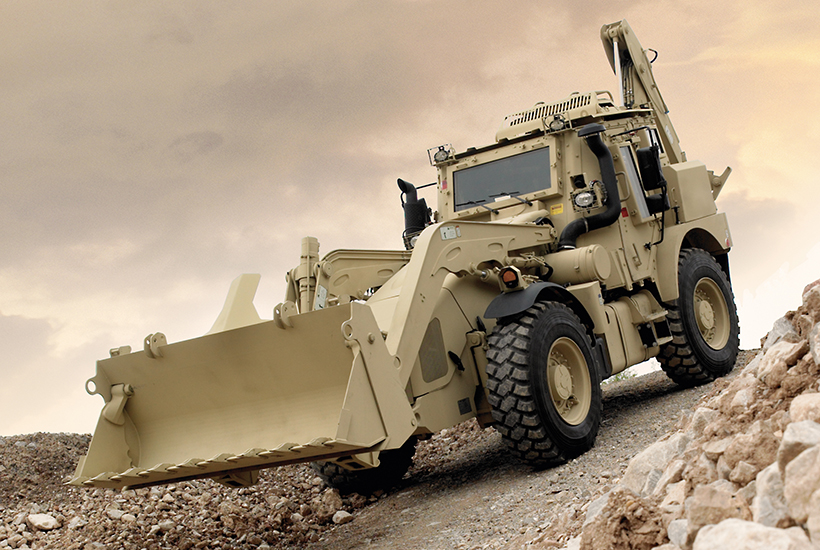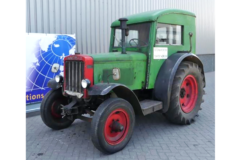Battle-hardened JCB
Posted by Chris Graham on 24th July 2020

Battle-hardened JCB: This is the High Mobility Engineer Excavator that’ll soon be serving with the US military.
JCB has been awarded a contract to supply the US military with a specialised, high-speed, battle-hardened JCB excavator, in a deal worth up to $269 million (£217 million).
The deal, which will run over the coming eight years, centres on the supply of High Mobility Engineer Excavators (HMEEs) for the US Army and US Marine Corps.
Prototypes of the machine – capable of speeds of up to 55mph (88kph) – were first developed in 2002, specifically for the US Army to meet its demand for a high-speed, backhoe loader capable of undertaking military engineering tasks.
In 2005, JCB was subsequently awarded a contract worth around $209 million, along with an additional service contract valued at around $20 million. Subsequent contract extensions and international sales have seen HMEE production for the US and allied nations rise to 1,200 machines.
A new contract has been signed for the supply of up to 400 HMEEs, which will all be manufactured at JCB’s North American headquarters in Savannah, Georgia. In addition to the base unarmoured HMEE, JCB will also provide armoured variants as well as attachments and service support.
The HMEE combines the capabilities of the world-renowned JCB backhoe loader, with the innovative, high-speed JCB Fastrac – the world’s fastest tractor, which has full suspension and anti-lock brakes. The objective of the HMEE concept is to create a machine capable of travelling at military convoy speed, without the need for transportation by a truck and low-loader trailer.
The 17.5-tonne, 6.7-litre engined-machines are well suited to a range of military and disaster-relief missions, including earthmoving, fortification construction and ground clearing. In addition to its top speed of 55mph (88kph), the HMEE is certified for military transport on ships, rail and aircraft, and for air-drop operations. It’s available in various configurations, including an armoured specification. The vehicle also benefits from four-wheel-drive and four-wheel-steer, can lift more than two tonnes and dig to a depth of almost four metres.
For a money-saving subscription to Tractor & Machinery magazine, simply click here





